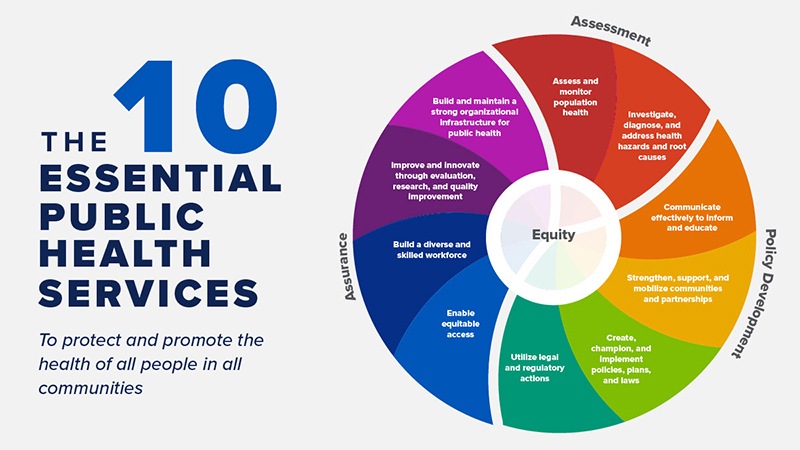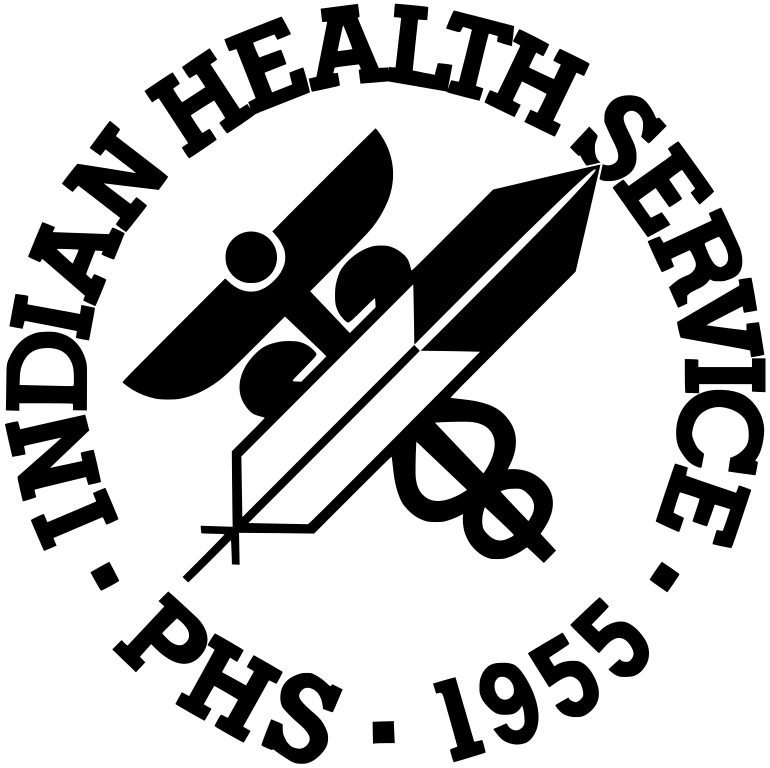Operating Philosophy
The operating philosophy of the Division of Environmental Health Services (DEHS) is based on the Ten Essential Public Health Services first articulated by a partnership of local, state, and national public health leaders. DEHS adapted them and incorporated this set of strategies into the methods in which it delivers services to American Indian/Alaska Native (AI/AN) communities across the country. CDC specific resources are available.



